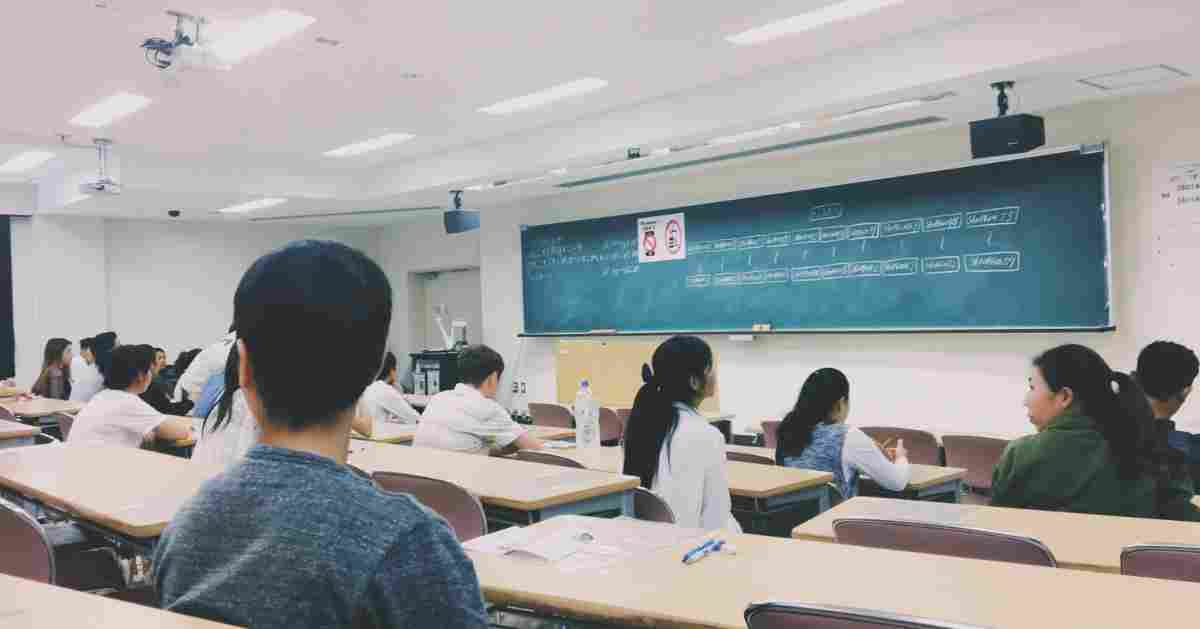Change Classroom Lighting, Make Great Light with Filters

Lighting in classrooms can make a difference in students’ achievements and in their health. The cheap fluorescent lighting many schools use can cause students to get headaches and have trouble concentrating. By adding a filter, this lighting can be more conducive to learning, good behavior, and better health for students.
What Are Fluorescent Light Filters?
Fluorescent light filters come as tube covers to go over fluorescent light tubes or they come as sheets that work for standard four-foot ceiling lighting fixtures. They are constructed of a thin layer of polycarbonate plastic or extruded acrylic material. These materials are strong and can be made in different thicknesses and sizes. One brand name material used is Natural Lux and it is sold by Make Great Light.
These light filters work with four-foot fluorescent light tubes or four-foot ceiling fixtures that are flush to ceilings. Light filters are designed to be installed by teachers or by school maintenance workers. Installation is easy for most people.
Light filters are safe for use with several types of lighting including fluorescent lights and LED lights. They have a class A fire rating for being very fire retardant. The better light filters are built to last 10 years or longer. Some brands of light filters do not last as long, so it is important to read the ratings and product descriptions carefully.
How Are filters Installed?
The sheet light filtersare designed to sit on top of the plastic panels or louvers that cover fluorescent light fixtures. This type of light fixture is called recessed and are flush with ceilings. A person cuts the panel if necessary, to fit the cover dimension, then lays it in place and tapes it for security. Then the plastic panel is returned to its position. They will last many years once installed.
Fluorescent tube covers work on fluorescent tubes with no supporting panels or louvers. These fixtures are installed on the ceiling and hang down slightly. First, turn off the power to the fixture. Access and remove the bulb or bulbs. Slide the sleeve over the bulb. Then, an end cap is installed securely at both ends of the light tube and the tube is twisted back in place in its fixture. There are several fluorescent tube diameters including T12, T8, or T5.
What Are the Advantages of Light Filters?

Light filters are designed to eliminate glare and reduce UV rays. These light filters will eliminate up to 100% of UV to 380nm, 99% of UV to 390 nm, and approximately 80% up to 400nm. This makes lights safer for people with UV sensitivities. More advantages include:
- When glare is removed, students have fewer headaches, better focus on learning, and more ability to complete learning tasks.
- The light filters change harsh fluorescent light to a color spectrum more like natural light.
- Light filters are easy to install and affordable.
- Light filters diffuse light from fixtures by 20% making for a better balance of light transmission.
- Better light quality improves student attitudes, visibility, health, and mood.
- When light filters provide a full-spectrum light, they help students’ and teachers’ bodies produce hormones that help regulate stress, mood, anxiety, and sleep cycles.
- Better light quality from filters protects people from photosensitivity, computer eye strain, photophobia, and computer vision syndrome. General eye strain is reduced which reduces headaches.
- Using good light filters also saves money because they reduce energy costs because fewer fixtures or bulbs may be needed. Students, teachers, or employees will perform better and take fewer sick days.
- It is less expensive to purchase light covers than to replace all the fluorescent light fixtures in a building. Light covers are an affordable way to make existing fluorescent or LED bulbs work while accumulating the money to purchase better quality light corrected bulbs. A facility can replace the bulbs as they wear out with the color corrected bulbs, knowing the remaining bulbs have filters to correct their light output.
What Do Light Filters Cost?
Fluorescent light coversheets cost approximately $29.99 each depending on the manufacturer and the quality. Fluorescent tube covers cost about $14.99 per tube. Again, this is dependent on the quality and the manufacturer. Some companies such as Make Great Light have teacher discounts to help reduce the expenses. The total cost per room will depend on the type of fixtures and how many fixtures there are.
It is helpful to cover even part of the fluorescent bulbs with light filter sheets.
Additional Ways to Improve Lighting for Learning.
The school budget might be limited and the teacher may not have much of their own money to spend. But there are things to do while waiting for the ideal lighting solution. This solution would be to replace all the fluorescent or LED bulbs with full-spectrum, color corrected bulbs which cost more but are so much better.
- Add a few lamps with full-spectrum bulbs to offset the other lighting.
- Cover the fluorescent lights with flame and fire-retardant fabric.
- Use the correct type of spray paint to cover the clear panels under the fluorescents.
It is important to get permission from the school administration for any strategy used to correct light from existing bulbs and fixtures. It is also wise to compare the cost of these strategies with the cost of purchasing the affordable light filter sheets or tube covers. It is also a good idea to contemplate the visual attractiveness of the different solutions and how they will each help students learn better.
Every teacher has enough roadblocks and difficulties teaching on low school budgets without having to deal with the effects of poor, glaring lighting on the behavior, learning ability, and health of their students. And bad lighting hour after hour can have negative effects on the health and ability to perform of the teacher.
If the teachers and the school administration got together to form an affordable plan to improve lighting, the whole school could benefit. Gathering the widely available data on improved school lighting benefits would be the first step. Presenting it to the school administration in a non-threatening, positive way would be the next step. Given the data and the need for better lighting, many school administrators would be willing to start a lighting improvement project for their school.
